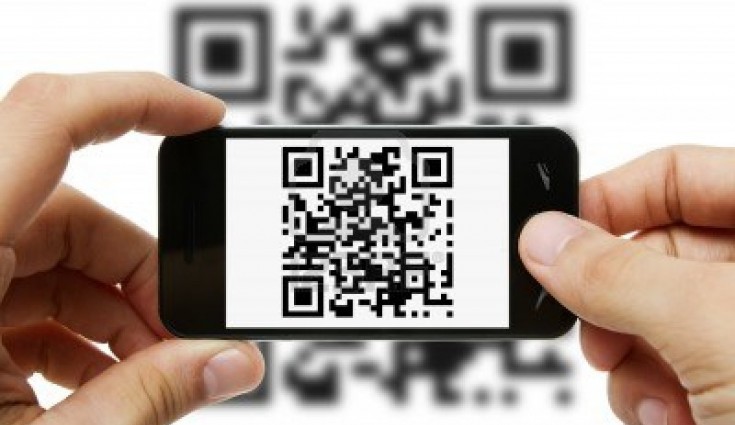Chapter 14: Cashless Payment
Introduction
The cashless payment methods that have become popular after demonetization are:
- Credit / Debit cards based payments using point of sales machines
- Electronic wallets
- Unified payment interface
- Unstructured supplementary service data
- Aadhar enabled payment system
Card based payments using P.O.S machines
There are 75 crore debit cards [2016] out of which 72 crore are debit and rest are credit. Most of the debit cards are used for withdrawing money from ATM's. The POS terminals are needed to transact from these cards. The merchants or shopkeepers get these POS terminals for free from banks where they have an account.
However banks have different eligibility criteria to decide whether they can give the POS to the merchant. Each POS would cost the bank about Rs. 15000 but now mobile POS are present that have a cost of Rs. 3000.For transactions using POS banks charge around 1% commission also called Merchant discount rate. MDR is capped by RBI and usually MDR is passed on to the customers.
Electronic Wallets
PayTM, MobiKwik are different electronic wallet providers. These days even banks are developing their own e-wallets. The user of the wallet has to download an application from trusted source and install on his smart phone. The application takes the basic details like mobile number and email id of the user. The wallet can be filled with money using debit card, credit card or internet banking. Wallets by banks also can be connected to accounts making operating and transfer easier.
Money in the wallet is taken out of the banking system and continues to circulate in the wallet operator's system.There is a nominal charge if you want to transfer money from the wallet to the bank. Wallets are used for payment of various utilities but now even local stores are keen to accept payment from them. No physical infrastructure is needed at any side and so it makes wallets ideal for shopping.
Unified Payment Interface
In India inter-operability between wallets isn't allowed so PayTM account holder cant send money to MobiKwib etc. However National Payments Corporation of India has created Unified Payment Interface to use Immediate Mobile Payment System to transfer money from any account to any account.
A UPI based application has to be downloaded from Google play store and installed. The payee will get to create a virtual payment account like yourname@icici etc. Then he shall need to generate a MMID which is a seven digit random number generated by the bank. The recipient MMID and virtual address can be used to transfer money to him.
Here too the process of generating MMID and payment transfer is complicated. Again this medium is only limited to smart phones with internet connection.
Unstructured Supplementary service data
This too is a universal application for transferring money but unique in the sense that even feature phone without any internet connection can use it.
The mobile user has to get his phone linked to his bank account to use this facility. The user then can dial a special code *99# and connect to the National USSD Platform. Options like transferring to other account, checking balance etc are available on dialing different codes.
The USSD service is available in all banks and in 11 Indian languages.However like UPI this too relies on generation of MMID for transferring from one account to another.
Aadhar Enabled Payment System
The number of Aadhar card linked to bank accounts are 36 crore [2016]. This number shall only increase and so Aadhar shall become a powerful medium for promoting financial inclusion.
The AEPS aims to make aadhar card a virtual debit card. This can be used to transfer funds from any bank to any bank. All it needs is for the merchant to have a device to read the Aadhar number and scan the bio-metrics of the user. Once this is done the User can transfer money from his account to any other account. 118 banks are on board with this system.
This system is useful in areas where debit / credit cards are not present widely. The advantage is also that the machine is to be installed by the merchant and it costs around rs. 2000-4000 only. The payee needs only his Aadhar number linked to a bank account.
Bharat QR code Payment System
BharatQR code was developed jointly by National Payments Corporation of India along with Visa, MasterCard and American Express. A QR code can be easily scanned by a mobile phone or a scanner. The BharatQR code shall be assigned to a merchant who can be a retailer.
Then whenever any person wants to pay money to the Merchant the consumer just has to scan the QR code of the vendor with his own mobile phone. The QR code is interoperable and so any bank account can be linked to it. So the consumer can send money from his bank account to the vendors bank account even though they have separate banks.

This system has low transaction cost too as the infrastructure costs are low. Thus the Merchant discount rate is also low. The difference between this system and the existing systems used by wallets like PayTM is that BharatQR isn’t linked to any e-wallet but to a bank account.
The BharatQR code system can be used to promote “Less cash” society as the Point of Sale terminals are highly expensive and so their numbers haven’t increased even though the number of cards have. So this QR code system shall be a good alternative.